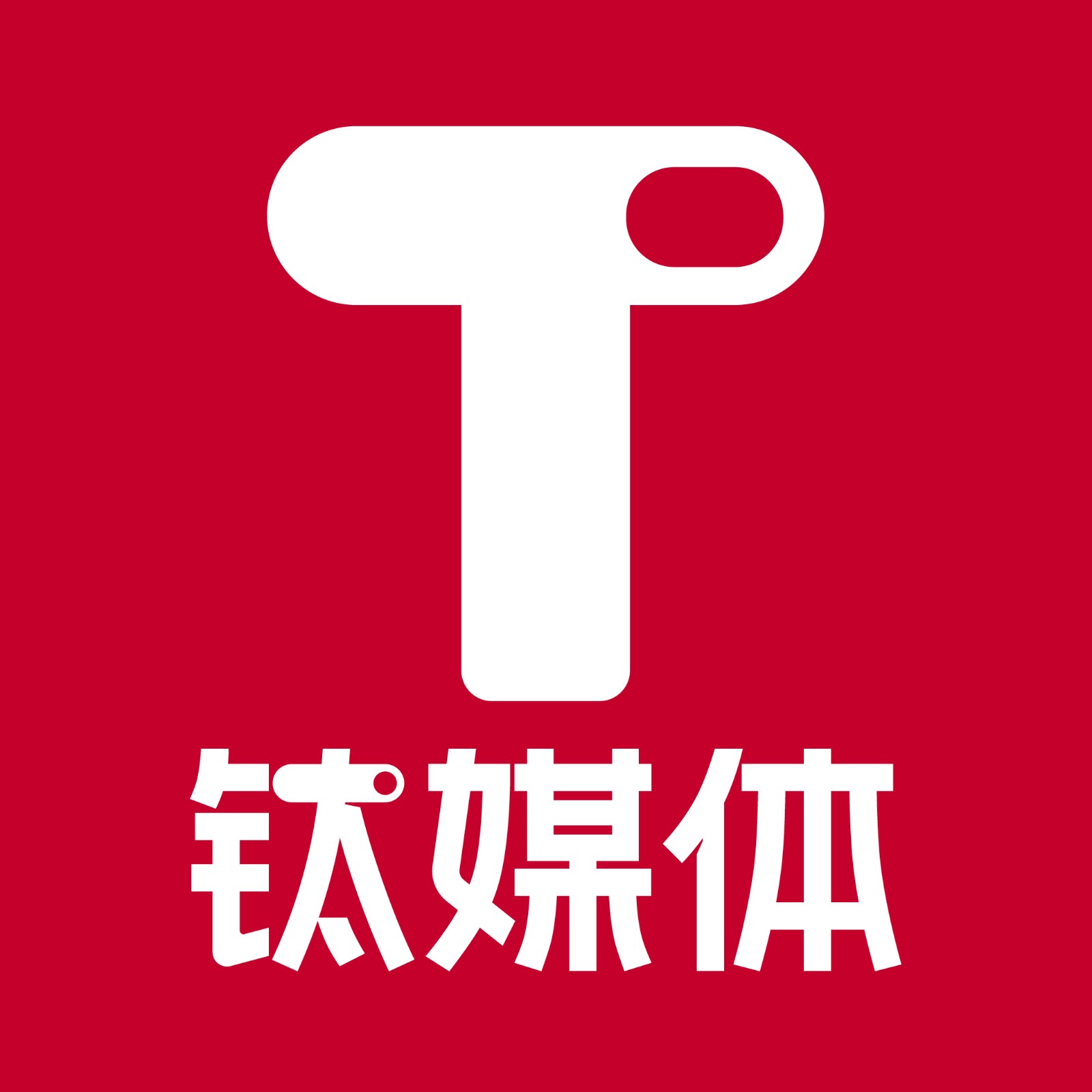The Ever-Innovated Corporate Innovation
In 2017, I visited Slush, and surprisingly found out that the core exhibition area of the famous startup event was largely occupied by many renowned corporate brands like Bayer, Nokia and PWC. Back home, I interviewed around and wrote an article about corporate innovation New Trend in European Tech Startup Ecosystem: Awakening of Traditional Corporates, which was also the first time when I noticed the active role played by the corporations in the entire startup ecosystem.
I have been intentionally paying more attention to this group in the startup scene and trying to dive deeper in their development ever since. Far beyond a simple setup of innovation center or investment arm, the corporate innovation has been going through numerous iterations, and the trials and errors have never been stopped. In this article, I would like to take Germany as an example to share some of my learnings of where it comes from and discuss further of where it is heading to.
Increasing Initiatives
The most noticeable trend of corporate innovation is the rising relevant initiatives, including participating in startup events, setting up investment funds, operating incubation/accelerator programs, rolling out partnership with internal and external startups, etc.
The most straightforward proof of the upturning dynamic is the track record of corporate venture capital (CVC). According to CB Insights, the global CVC investment has experienced an over 10 times steady growth in the past decade and reached record high of US$ 73.1 billion of deal value in 2020, and yes, even amid the crisis of COVID-19 pandemic. The CVC deals have also accounted for an increasingly larger portion of global VC transactions during the past few years, reaching 24% in 2020. Just in Germany alone, there are more than 137 CVC companies doing active investment, covering all the sectors like telecommunication, financial&insurance, mobility, manufacturing, retail&consumer and healthcare and so on.
source: CB Insights Report: The History of CVC
In additional to investment, the other corporate venturing activities are also expanding. Based on a survey report published by Vencortex in 2021, 56% of surveyed corporations expressed the intention to increase their presence in startup ecosystems; 30% will increase their budget for working with startups and 25% will increase these activities significantly. They build up technology scouting strategy, set multiple formats of partnership, run internal and external innovation programs… the influence of corporate in the startup ecosystem is amplified with their ever-growing optimism, interest and ambition.
Another observation is the shifts catalysed by COIVD-19, which has completely changed the traditional way of workforce manager and business operation, pushing innovation up to the corporates agenda, especially for many small and medium sized enterprises (SMEs). Researching in industry 4.0 for many years, I seemed to overestimate the real digital penetration in the traditional industries, and I believe many of you might have the same illusion as I do. Nevertheless, actually there are still a big portion of SMEs (maybe even big corporates as well) relying on pen and paper for basic operational tasks. In the race of digitalization, those corporates are rather late in the game due to the resources and focuses, thus during the pandemic, they revealed to be the most demanding group for innovation and evolution.
There is another special group in DACH region (combined area of Germany, Austria and Switzerland), called Mittelstand. Slightly different from regular SMEs, they present a unique privately-owned industrial business group that is very high-quality and successful over generations, with many being family businesses. Being rather traditional and closed, they also have to step outside the comfort zone to ensure their competitiveness in the digital age. Facing the young, lean and agile competitors like Google and Apple, we have witnessed a growing number of Mittelstand starting to embrace the emerging technology as well as the startup culture. “Corona even accelerated this process”, said Dr. Leopold von Schlenk-Barnsdorf, an expert of innovation of German Mittelstand, adding that “They drive innovation in core business with internal employees on one hand, and set up the innovation ecosystem to find partners for new business opportunities on another. They have to react even faster to the ever-increasing pace of change.”
Maturing Framework
Alongside the continuous development, the framework of the corporate innovation is gradually maturing. Take Siemens as an example. Back in 1999, Siemen was the first in the industry to establish an internal online platform called TechnoWeb, for employees to communicate problems and to come up with solutions. Later on, the startup strategy is formalized with the setting up of the Siemen Venture Capital (SVC) , internal venture building unit Siemens Novel Business (SNB) and the startup partnership program Siemens Technology to Business (TTB). Besides, within Siemens innovation framework, they have also added open-ideation initiatives to collect ideas internally and externally, as well as research partnerships with academia to reinforce their R&D capability. Getting all these units together, we could roughly see a maturing multi-functional corporate innovation system.
Looking closer, the different units can be categorized into two dimensions (following Henry Chesbrough’s open innovation concept): outside-in, where corporate source innovation outside to partner with, to invest in or to acquire; and inside-out, where corporate incubate internal innovations to spin out or to merge in. The outside-in practices include technology scouting, venture investment, partnerships, accelerator programs, joint ventures and M&A. Inside-out, on the other hand, covers internal R&D, intrapreneur programs, venture building etc. Some of the common formats also serve for both dimensions like hackathons and co-working spaces. In Europe, we could easily find almost all kinds of innovation vehicles mentioned above, such as the SAP accelerator programs SAP.io Foundry, Shell corporate venture fund Shell Ventures, startup studio P&G Ventures, BASF intrapreneurship program Chemovator. Aloneside all the development, there are also more and more third party service providers in the market to support with startup scouting, partnership projects, VC as a service and M&A.
Like Siemen, there are also quite a lot of multi-model framework set up in the past few years. Bosch is another good example: Together with Robert Bosch Venture Capital, it has also launched an accelerator program Bosch Startup Harbour for external startup engagement, providing funding, coaching, partnership and research support. Viessmann group, a typical German Mittelstand that we have mentioned above, has not only rolled out multiple venture capital funds VC/O, Vito ONE and Vito Ventures for different verticals, run venture builder WATTx, but also initiated an alignment with other German Mittelstand corporates for a shared innovation ecosystem Maschinenraum, to share resources, methods and infrastructures to support innovation that changes the future.
Diversified Attempts
The way to maturity is not built overnight, but with many trials and errors. The corporates have conducted diversified attempts to discover the most effective innovation practices.
At the early stage, the most common try is to collaborate with successful startup incubator and accelerator programs, such as the partnership between SAP.io Foundry and Techsters in Berlin for more exposure in the local market, while their partnership with Junction in Tel Aviv is built up for the same reason. As a step further, many corporates also tried joint venture to stand together with innovation players in the startup ecosystem, like Axel Springer Plug and Play Accelerator GmbH, which acted as a joint venture of the Plug and Play Tech Centre and Axel Springer SE to invest and accelerate potential digital startups. However, this joint venture stopped its acceleration activities at the end of 2017. In 2018, Axel Springer SE held hands with Porsche to form a pre-seed stage VC instead. Moreover, there are also tries for multi-stakeholder partnership, such as Startup Autobahn. This is a startup program founded by Daimler, Plug and Play, the University of Stuttgart and ARENA2036 together, which is dedicated to supporting mobility startups with joint projects, PoCs and prototypes. What’s worth mentioning is, that there are also active participation from other mobility related corporates like Rolls-Royce, Bosch, Hyundai, Linde, Porsche, DHL and many more within the partnership.
source: Startup Autobahn: Expo Day 7
At the same time, the corporates also maintain the learning curve from these trials and errors. Corporate innovation expert Ignatz Schatz shared the example of SAP accelerator program, which has iterated several times to response to the challenges every year. At the beginning, the program was mainly targeting the early-stage startups. However, after defined the SAP’s needs of more product innovation on the digital supply chain to deliver to the customers, the program focus quickly switched to rather mid- and mature stage startups, who already have products to directly access and integrate with SAP technology. Given the different complexity of each startup solution, the program also skipped the classic batch model of accelerator operation, but set up an individual project based model with high engagement of SAP experts to increase the probability of a success partnership. Another big challenge that the team made efforts to solve, is to enable a smooth way to make the startup soclutions access to SAP customers, which required lots of communication and collaboration to coop with existing SAP sales force.
Corporate innovation is never a single lane that solely gets the corporates the access to the innovative ideas, but also a platform for the startups to get significant funding, rich know-hows, industrial resources and channels for validation and scaling, which is indispensable in the startup ecosystem. Therefore, what we have seen from both Startup Autobahn and SAP attempts, is the constant adjustment on how to leverage the offerings from both sides, in order to meet the needs of each party, based on their own specialities.
The telecommunication giant Vodafone offers a great instance. It has set its key focus on IoT, 5G, AI and cloud applications startups based on the their technique expertise and value chain deployment. The portfolio companies will also receive free public cloud, cellular and IoT solutions from Vodafone. Just as Ignatz Schatz emphasised, corporate innovation is never one size fits all, but needs considerable customisation and adaptation based on what is most valuable for the specific startup and what is needed from the specific corporate.
Challenges Remaining
Although we have been seeing the positive development of corporate innovation these years, there are still many problems and challenges standing in the way, slowing down the process, creating hidden risks in the ecosystem.
First and foremost, even though the ecosystem become more active, it is just a start of the long journey. The right execution also relied on a correct organisational structure, a lean process and a right mindset which are rather challenging for the long-standing corporates. As Dr. Leopold von Schlenk-Barnsdorf shared, there are still many corporates that are scared to open up to innovation partners, that have not adapted to the innovation logic in the digital age, that are adopting innovation solely in the scope of product, and that are still lack of a long-term roadmap.
Second, from time to time, even comparatively mature corporate innovation units are still challenged by the misalignment with the C-level expectations, the traditional leadership hierarchy, insufficient resources dedication, as well as the conflicts of startup and corporate culture in the daily operation...resulting in a rather discretionary image of the innovation practices. The maturity needs longer time to develop. What are the most scientific goals for innovation activities and how to build more flexible and agile innovation practices within a corporate boundary remains to be questions in many organizations.
Furthermore, when we are delighted to see all the innovative initiatives are getting more structured, it is still common to see that the different units are working separately from each other. Will the corporate innovation practices creates even more strategic synergies when they orchestra together? By working together, will it be a more value-added component of the innovation ecosystem in the end?
With the remaining questions, it still has a long way to go. However, on the bright side, I believe, the corporate innovation practices will remain innovative, to build more successful cases to fertilize the ecosystem, as well as to dig further into individualities to work out diversified approaches.
更多精彩内容,关注钛媒体微信号(ID:taimeiti),或者下载钛媒体App

钛媒体 App
13965篇文章TA的动态
2022-09-14 钛媒体 App发布了 《星巴克加码中国市场,未来三年要新增开3000家门店|钛快讯》的文章
2022-08-11 钛媒体 App发布了 《白云山麾下公司虚抬药价“把戏”,被拆穿了》的文章
2022-07-06 钛媒体 App发布了 《为了帮00后卷王找到工作,简历修改师们拼了》的文章
2022-07-06 钛媒体 App发布了 《威尼斯向游客收“进城费”,国内城市如何借鉴?》的文章
2022-03-25 钛媒体 App发布了 《蔚来2021年财报发布:年营收361亿元,整车毛利率达到20.1%》的文章


























